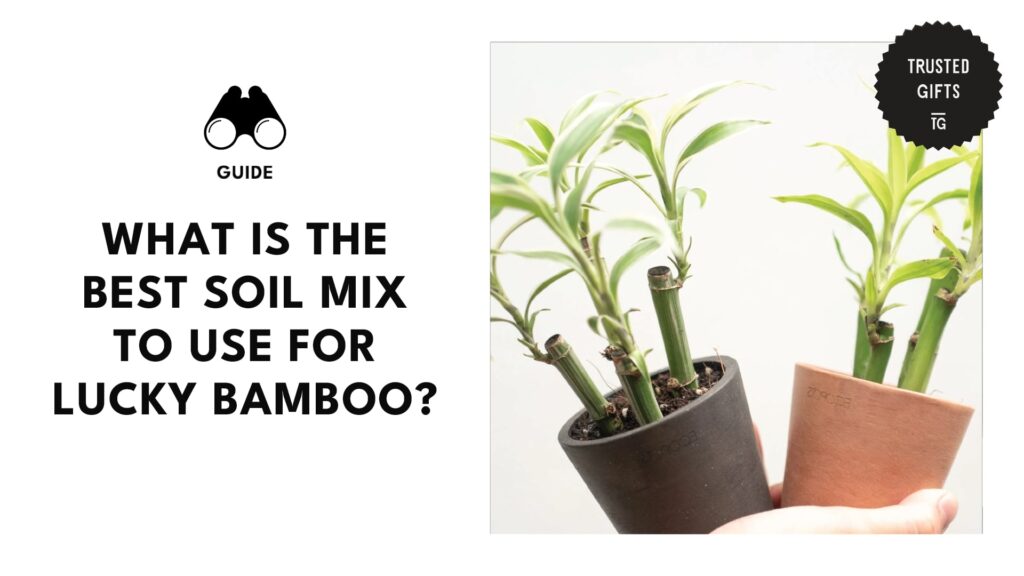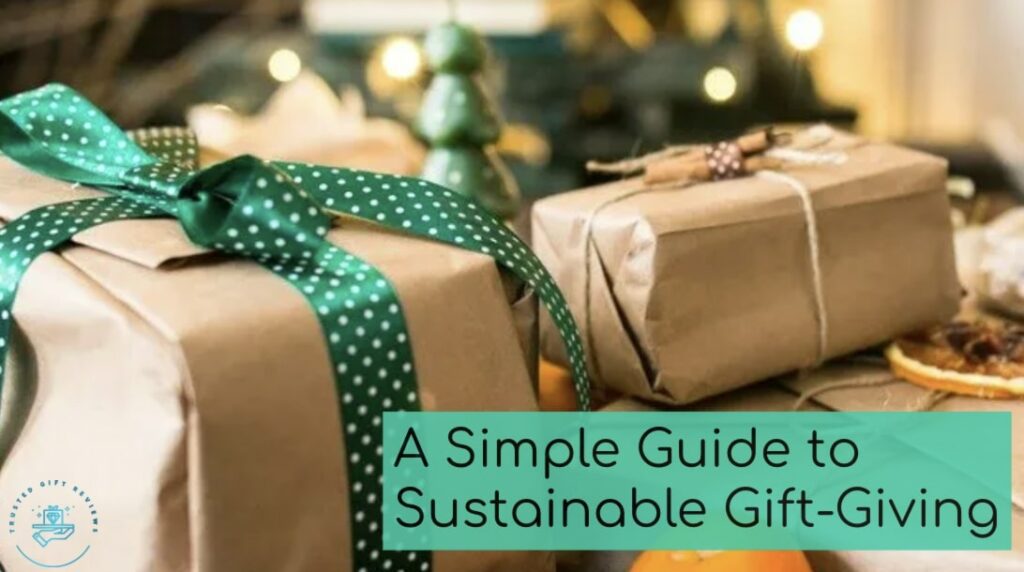Dracaena sanderiana, or as we lovingly call it, lucky bamboo, is famous for its bamboo-like appearance and ability to grow in nothing but a vase of water. But did you know that these plants can thrive just as well when grown in soil?
Lucky bamboo plants thrive in fertile, well-draining soil that can hold sufficient moisture to supply the plant’s water needs. They grow best when the soil is slightly acidic, with 6.0 to 6.5 pH.
If you want to grow your lucky bamboo in soil, here’s everything you need to know about their soil requirements and the best homemade soil mix recipe you can follow.
Things to Consider When Choosing Soil for Lucky Bamboo
Drainage
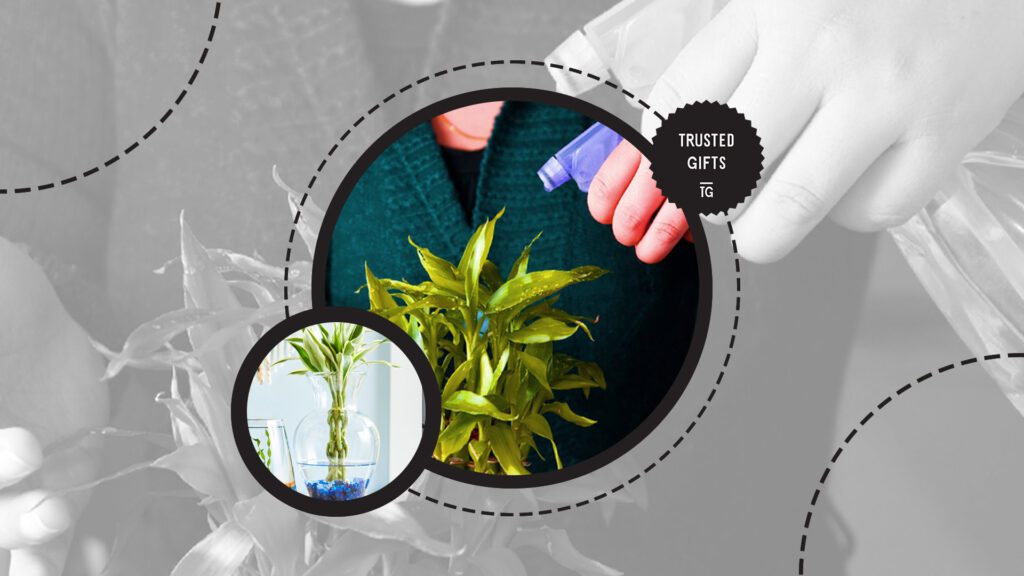

Some may think that drainage isn’t an important factor to consider when choosing soil for lucky bamboo plants because they’re often grown in water, but that’s not the case. Good drainage is crucial for soil-grown lucky bamboos.
Poor drainage can lead to waterlogged conditions, which leave lucky bamboos vulnerable to root rot. Waterlogged conditions create a favorable environment for fungi and bacteria to grow, which can result in damaged roots.
Unlike when lucky bamboos are grown in water, fungi, and bacteria don’t typically grow because the water is changed regularly. You won’t be able to change soil as often, so it’s best to choose a mix that has exceptional drainage.
Aeration
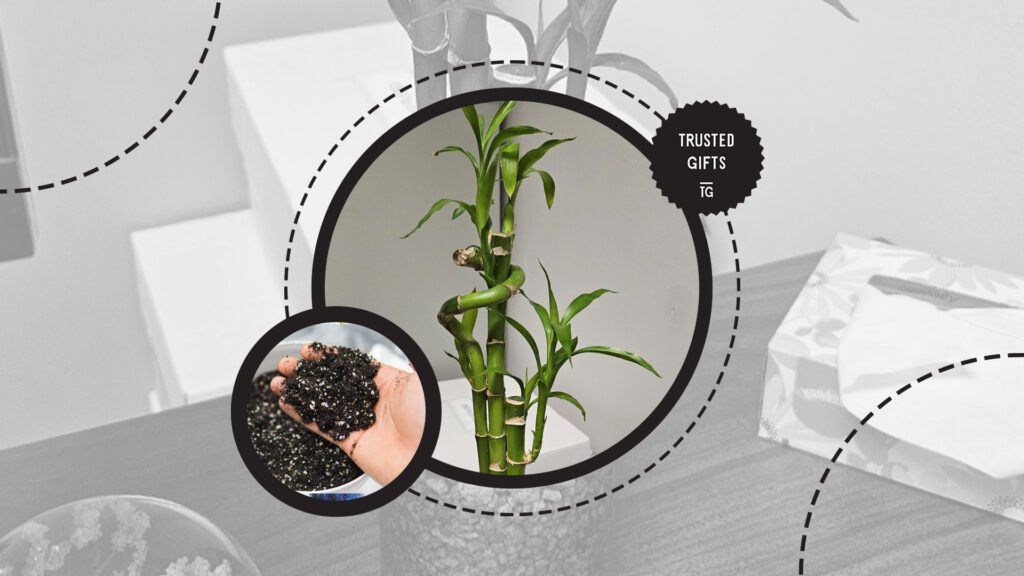

Plants, including lucky bamboo, are similar to humans in the sense that they also need oxygen to survive. Hence, the soil you use for your lucky bamboo must be porous enough to let oxygen reach the roots.
A well-aerated soil has air pockets where the roots can access the roots, allowing them to continue their metabolic functions. It’s also less prone to compacting, so the soil has enough space to grow and develop.
Aeration is closely tied to drainage, so a well-draining mix is also more likely to have good aeration.
Moisture Retention
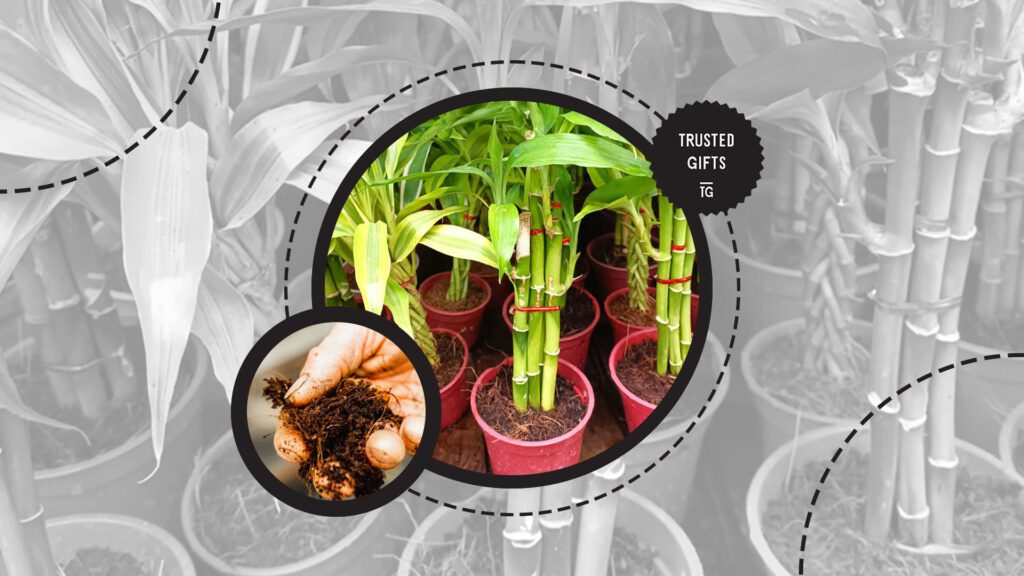

Lucky bamboo are well-adapted to high-humidity environments, which is why they can survive even when grown in nothing but water. If you’re growing them in soil, the soil should be consistently moist without being waterlogged.
These plants rely on a consistent supply of water to support their metabolic processes, nutrient uptake, and overall growth. If the moisture level in the soil frequently fluctuates, the plant can get stressed and have stunted growth.
Find soil mixes that contain ingredients that help retain moisture, like coco coir, peat moss, pine bark, and compost.
Nutrient Content
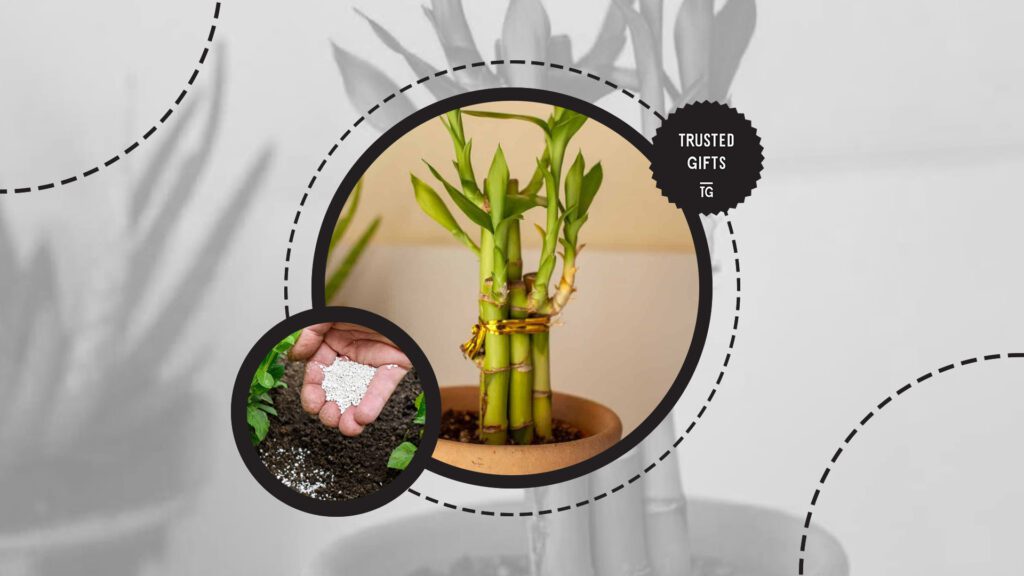

Lucky bamboo and all other plants need nutrients, such as nitrogen, phosphorus, potassium, and calcium, to grow. Its roots will absorb these nutrients from the soil, so the soil mix you’re using should be rich in nutrients.
Your lucky bamboo will show signs of distress if it doesn’t get enough nutrients. Its leaves can turn yellow or brown and exhibit stunted growth since it has to focus on surviving.
Additionally, lucky bamboos grown in nutrient-rich soils are typically more resistant to diseases. This is because the plant is healthy enough to fight off environmental stressors.
pH level
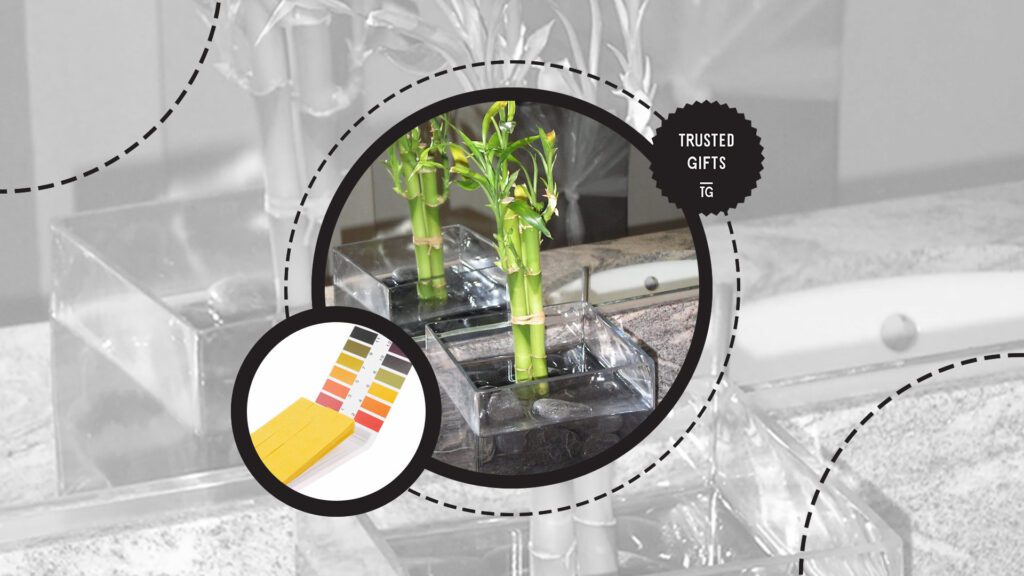

It’s not enough that the soil mix is rich in nutrients. Without a proper pH level, the plant won’t be able to absorb the nutrients.
Look for a soil mix with a slightly acidic pH, around 6.0 to 6.5. Lucky bamboos can’t tolerate alkaline soil mixes, so they likely won’t be able to absorb the nutrients in the soil or grow healthily.
Soil mixes with peat moss and compost typically have a slightly acidic pH, so they should be perfect. You can also just adjust the pH by adding coffee grounds or pine needles to alkaline soil.
Components of a Lucky Bamboo Soil
Peat Moss
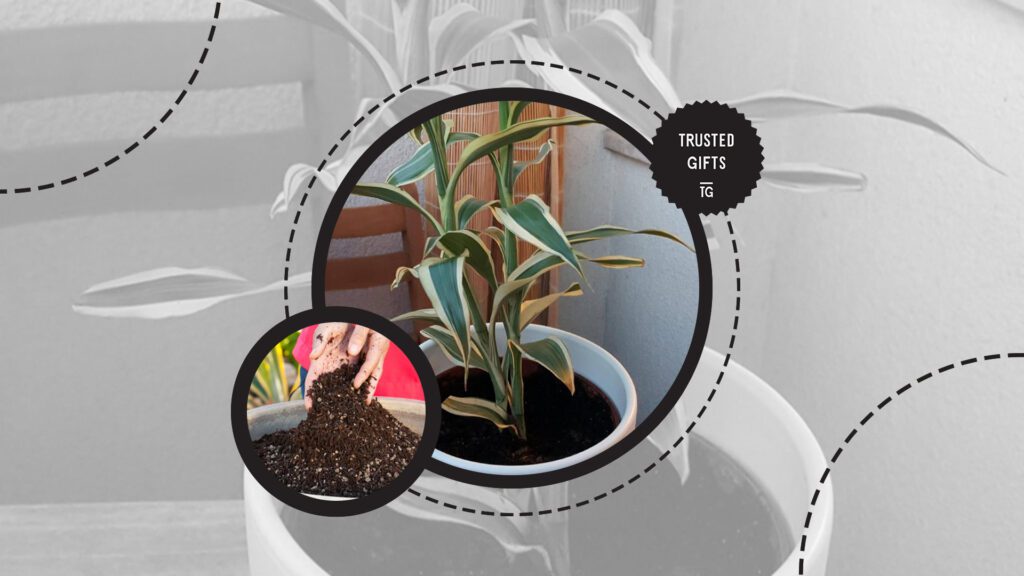

Peat moss is a common component in potting mixes that need good moisture retention and aeration. It has a fibrous structure that allows it to retain water without sacrificing aeration or drainage.
It absorbs a significant amount of water and then slowly releases it to the soil, giving plants a consistent supply of water without subjecting them to soggy soil conditions.
Harvesting peat moss causes a lot of environmental concerns as it ruins an entire ecosystem of peat bogs, which can take decades to replace. Coco coir is a good alternative, but it can be a bit more expensive and harder to find.
Perlite
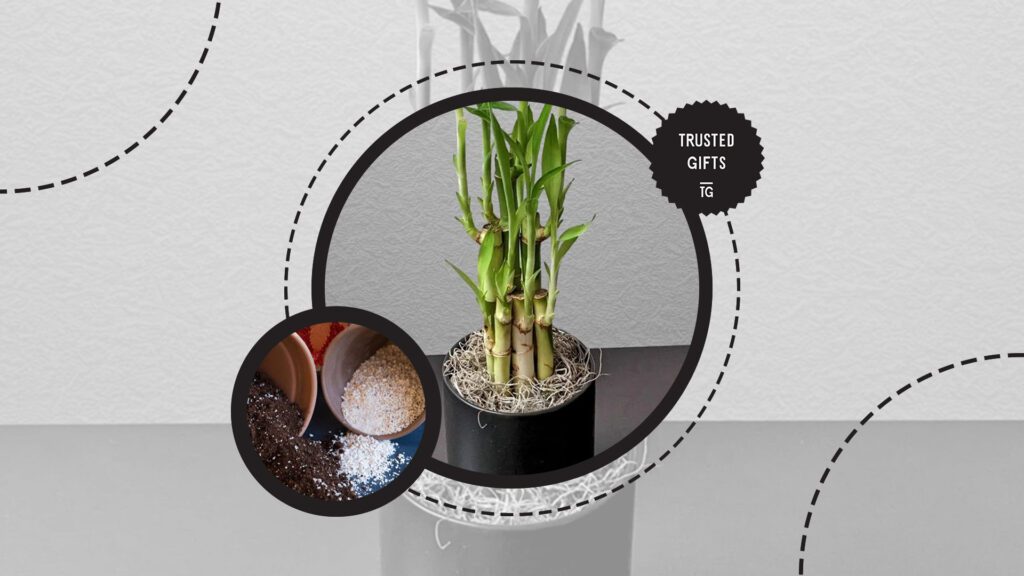

Perlite is a type of volcanic glass commonly used as soil amendments to improve drainage and aeration. Its relatively large particle size creates air pockets in the soil, giving oxygen a tunnel to pass and water to flow.
Since this is an inorganic material, it won’t decompose or break over time. It can contribute to better structural stability in the soil and prevent it from compacting as time passes.
Perlite is also lightweight and won’t add much weight to your lucky bamboo’s pot. You can continue using it until the plant is large without worrying about it making an already heavy lucky bamboo heavier.
Coarse Sand
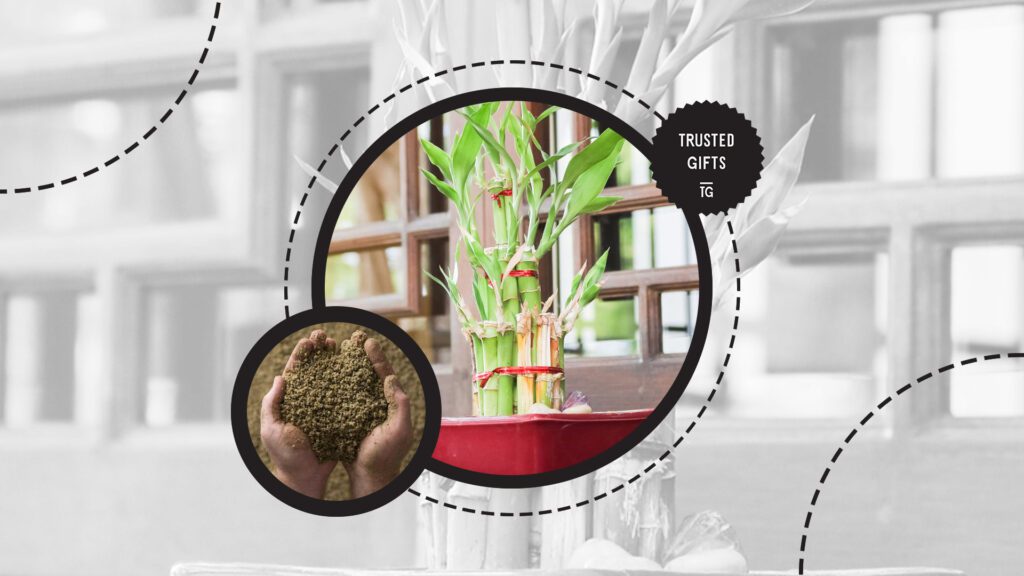

Coarse sand is another soil amendment used to improve drainage and aeration. It helps break up compacted soil and improve its structure, giving the roots more space to spread and develop.
It has slightly larger particles than fine sand. When mixed with soil, it creates gaps between particles, allowing excess water to drain more effectively and preventing waterlogged conditions.
Don’t just use sand that you picked out from your backyard, though. Look for horticultural sand that’s guaranteed to be sterile to prevent introducing harmful bacteria to your lucky bamboo.
Pine Bark Fines
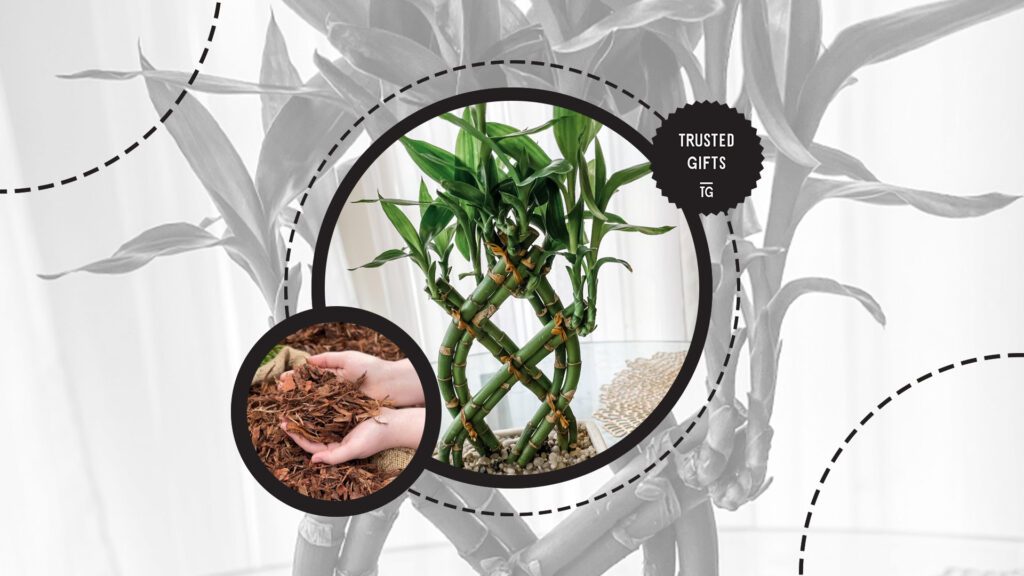

Pine bark fines are small, finely ground pine bark that can help improve moisture retention and drainage in soil mixes. They can absorb and retain moisture while also creating small gaps in the soil, where excess water can escape.
These are also organic matter that can contribute nutrients to the soil as they decompose over time. Although the nutrients they release aren’t significant, they can still be beneficial for your lucky bamboo.
Pine bark fines are slightly acidic, so make sure to monitor the soil’s pH when you pair them with peat moss and compost. The soil may get too acidic, which can be harmful to your lucky bamboo.
Soil Mix Recipe for Lucky Bamboo
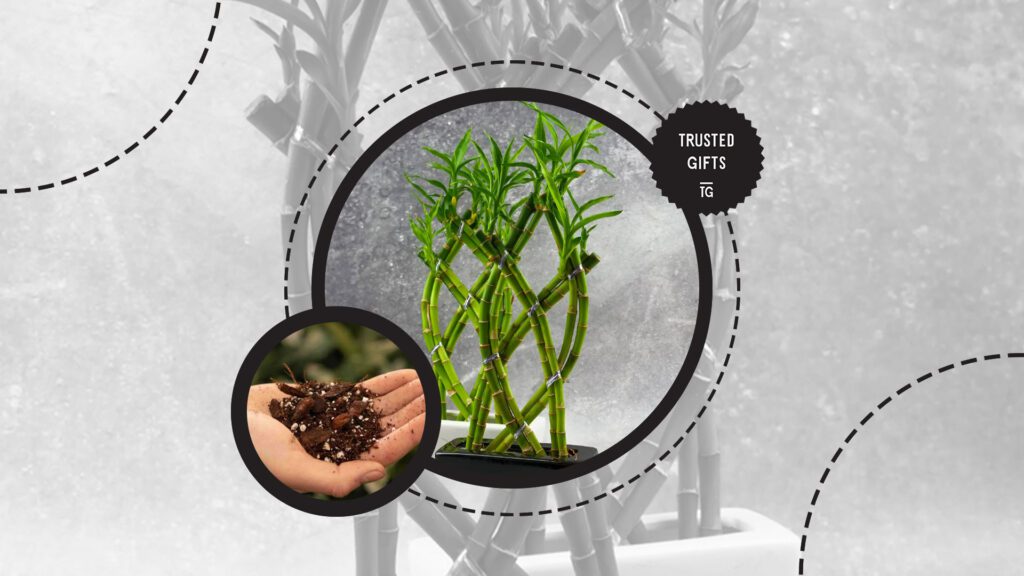

- 2 parts peat moss
- 1 part perlite
- 1 part coarse sand
- 1 part pine bark fines
This recipe strikes a balance between moisture retention and drainage, allowing your lucky bamboo to grow in an environment that’s well-aerated and constantly moist.
Peat moss acts as the potting mix’s base and is primarily responsible for retaining enough moisture to support your lucky bamboo’s needs. Perlite and coarse sand help improve the mix’s drainage and aeration, ensuring the plant isn’t growing in soggy soil.
This doesn’t contain compost, as that can retain too much moisture. You’ll need to fertilize the plant about once a month if you use this recipe.
Signs That Lucky Bamboo Is in the Wrong Soil
Yellow Leaves
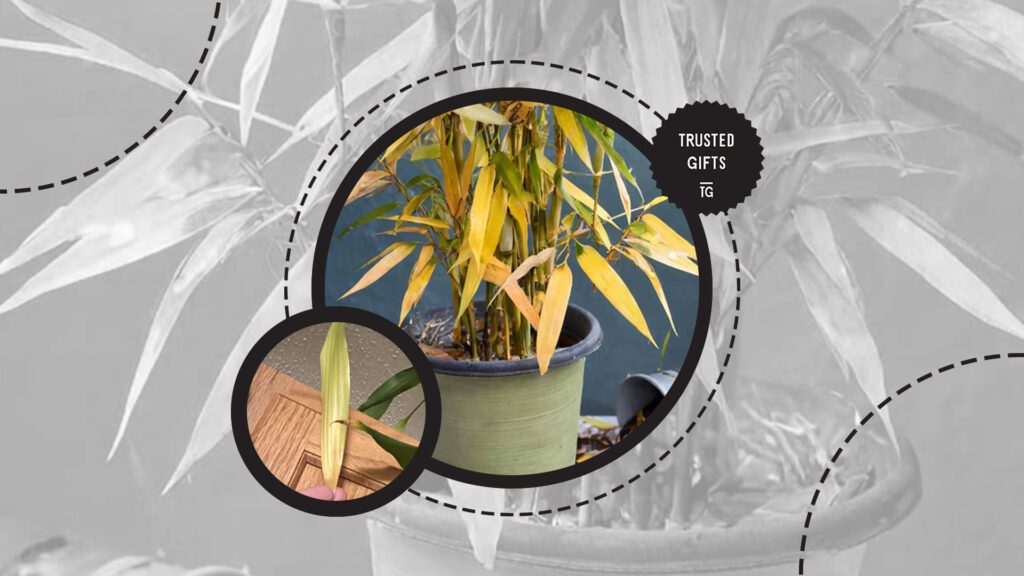

One of the biggest indicators that your lucky bamboo, or any plant at that, is in distress is yellowing leaves. This is often caused by a poor draining soil mix, leading to waterlogged conditions in the soil.
If the soil retains too much moisture, it’s hard for oxygen to reach the roots. This suffocates the roots and limits the plant’s metabolic processes, resulting in some of the leaves turning yellow.
If possible, repot your lucky bamboo to a soil mix with better drainage. Add more perlite, vermiculite, or coarse sand to the mix to improve drainage and avoid this from happening again.
Root Rot
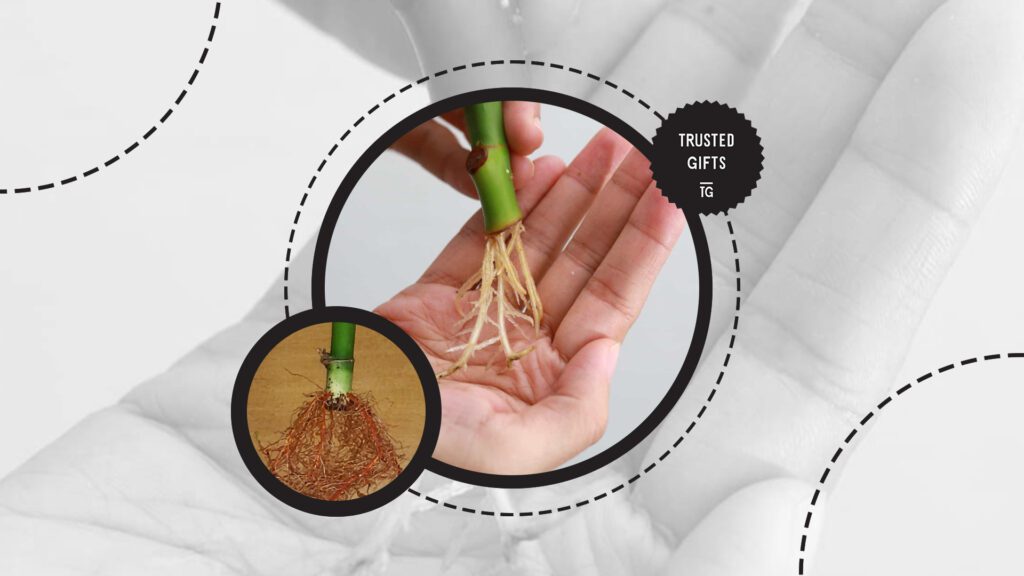

Root rot is another indication that the soil you’re using retains too much moisture and lacks proper drainage. Your lucky bamboo roots are constantly saturated due to the excess water in the soil, damaging them.
Fungi and bacteria will also likely grow if the soil is always soggy. These pathogens will target the roots and cause them to root, which can lead to the plant’s death if untreated.
If you see brown, mushy roots on your lucky bamboo, it’s probably time to repot. Trim the affected areas and repot your plant to a soil mix with better drainage and aeration.

